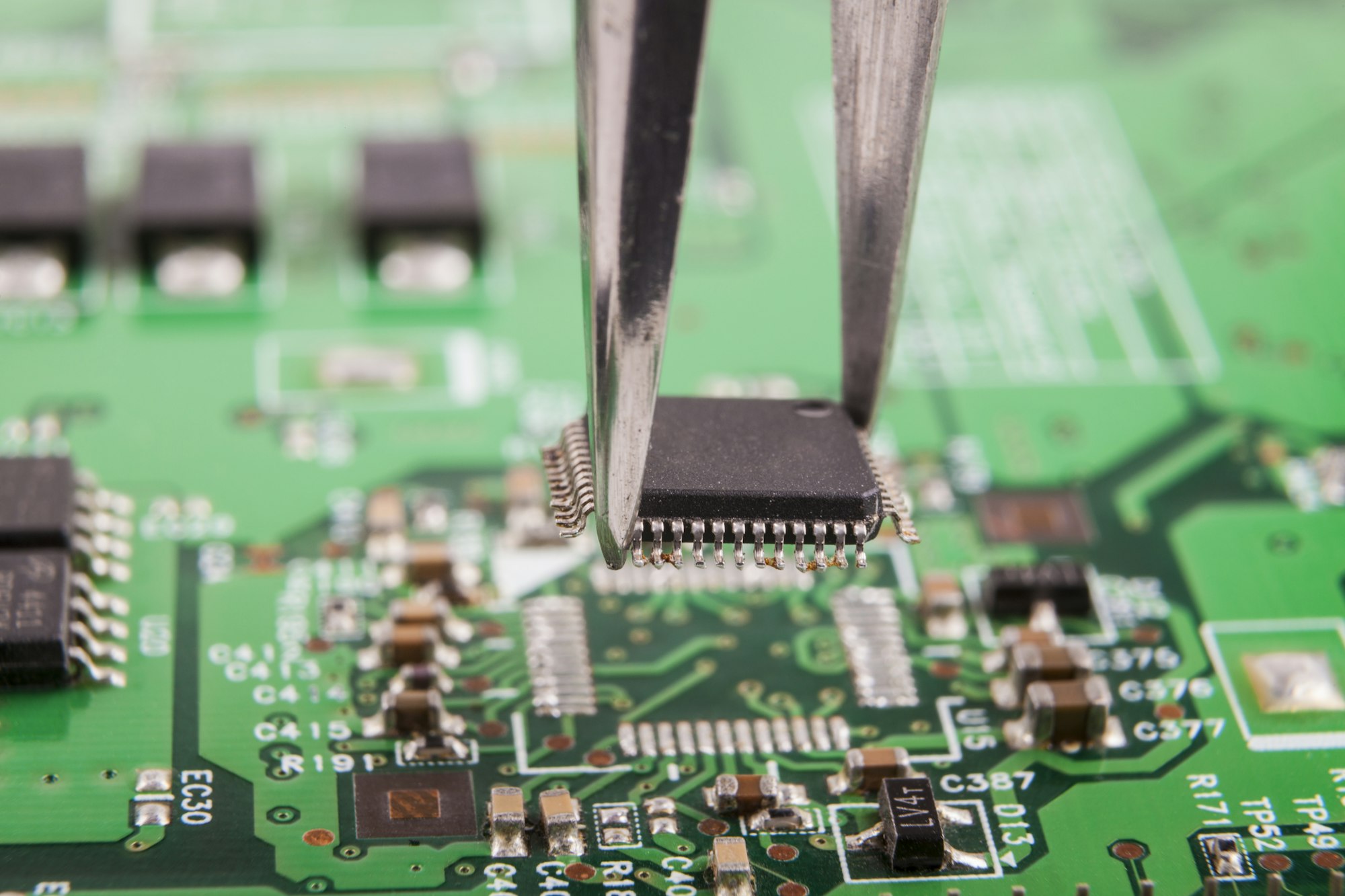The origin of PCB LED
Essentially, a PCB LED is more than just a substrate, it is a complex whole that is carefully designed to support a light-emitting diode (LED). The difference between these PCBs and traditional PCBs is that traditional PCBs are like general purpose places, but PCB LEDs are a custom lounge designed specifically for LEDs. This task requires an uncompromising approach to thermal management, in contrast to the generic nature of traditional circuit boards. Herein lies the first complexity: the PCB LED must not only serve as a platform for electrical connections, but also as a sentinel against the onslaught of thermal degradation.
A pioneer in PCB LED materials
The preferred material for many PCB LEDs is aluminum, the beauty of this element lies in its dual nature of strength and thermal conductivity. Aluminum's role in PCB LEDs is not just a passive actor, but an active conductor that effectively evacuates heat energy, thus maintaining the brightness and longevity of the LED. This material is no ordinary choice, it’s a deliberate strategy built into the structure of PCB LED designs to counteract heat that, if left unchecked, will cause LEDs to become obsolete.
LED manufacturing process
The LED manufacturing process is a complex, multi-step procedure that involves creating the LED chip, packaging it, and then integrating it into a lamp or lighting product. The process starts with the creation of the LED chip, which involves growing semiconductor material under high-pressure and high-temperature conditions, and then slicing the crystal ingot into wafers. These wafers are then diced into chips, which are packaged into LED packages containing the chip, bond wire, and phosphor layer. The final step involves mounting the LED packages onto a printed circuit board and integrating them into the final product. This intricate process requires high standards of quality control to ensure consistency and performance of the LEDs.
PCB LED Applications
This is where PCB LEDs really come into play: they are eco-warriors. They use less electricity, which means less stress on our planet. Plus, when they shine for the last time, materials like aluminum can be recycled, giving them new life in another form.
The future of PCB LED
PCB LEDs are standing on the edge of a new era where they are becoming smarter, slimmer and greener. Emerging technologies promise to lead to smarter, more adaptable lighting solutions. The convergence of Internet of Things (IoT) capabilities, the pursuit of miniaturization, and the pursuit of new materials have converged to push PCB LEDs into a vortex of progress.
Conclusion
PCB LEDs may not always be visible, but their impact is profound, touching nearly every aspect of the modern electrified world. They are a testament to the electronics industry’s ingenuity and vision, ensuring that as we advance we can deliver lighting solutions that are efficient, durable and good for the planet. It is a vital force—a harbinger of light and a catalyst for change. As we stand on the threshold of tomorrow, peering into the fog of future uncertainty, one thing remains clear: the unwavering light of PCB LEDs illuminates the way forward, guiding us to unravel the mysteries of the digital age.
